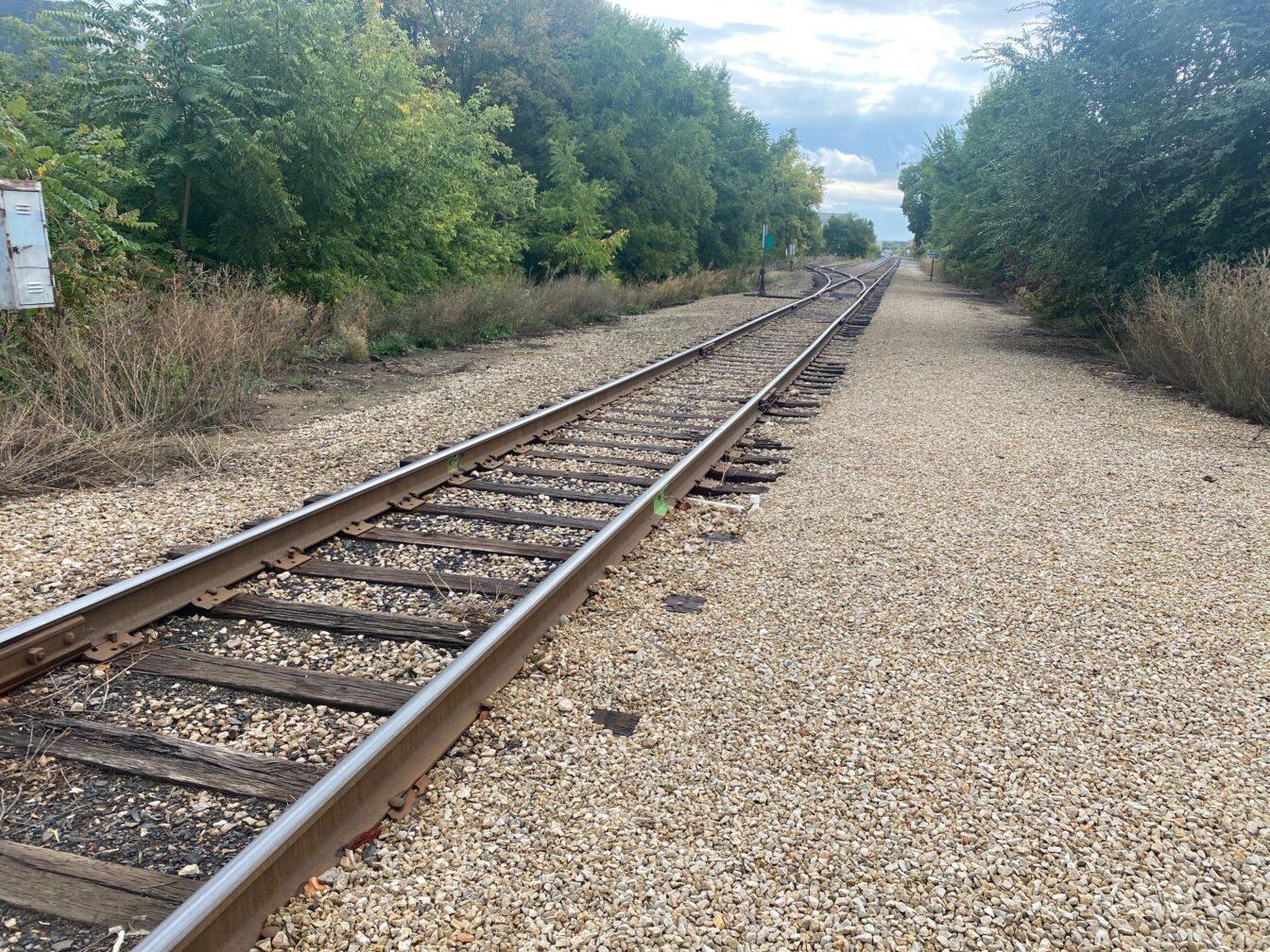The City of Madison has been identified as an important site for the implementation of passenger rail service connecting Chicago, Illinois, to the Twin Cities in Minnesota, according to a 2021 report from the U.S. Department of Transportation.
Since the release of the report, the City of Madison has worked to develop a Passenger Rail Station Study, with the goal of determining the location for an inter-city rail station. By working with USDOT, Amtrak and other stakeholders, the ongoing study will identify potential station locations, Amtrak requirements, funding and more.
Madison and other Midwest cities have long been considered important sites for passenger rail services by both Amtrak and the Federal Railroad Administration. But, for over a decade, the project in Madison has seen repeated setbacks and hindrances that have delayed its establishment, according to Deputy Director of the High Speed Rail Alliance Christopher Ott.
Madison has not seen a passenger rail service for over 50 years and efforts to reinstate it in the city have been underway since the 1990s when former Gov. Tommy Thompson, a strong passenger rail advocate, was in office, Ott said.
In 1999, Thompson proposed a high-speed rail service in his State of the State Address, but nothing ever came of it, Ott said.
Over a decade after the initial proposal, in 2010, Wisconsin received $800 million in federal funding to establish a high-speed rail line from Madison to Milwaukee, but the project was ultimately rejected when former Gov. Scott Walker was elected to office, Ott said.
But the idea of a passenger rail service has further developed since, according to Ott. The service has been under more serious consideration for the last two and a half years.
Madison Public Library celebrates banned books
In 2021, the FRA released a Midwest Regional Railroad Plan, which provided a framework for the development of a high-speed rail network throughout the Midwest. Included in the plan was the transformation of the current framework for passenger transportation — which is currently limited to bus and air travel, Ott said.
That same year, Amtrak released the Connect Us Plan and Corridor Vision, both of which include maps that visualize a network of passenger railways connecting many locations throughout the Midwest — including the hubs of Chicago, Milwaukee and Minneapolis-Saint Paul.
The plans propose off-shooting railroads from these hubs that would connect these large metropolitan areas to many smaller cities and towns, such as Madison and other locations in upper Wisconsin.
To help create a vision for how the implementation of a passenger rail service station in Madison would fit within the city’s current vehicle and pedestrian traffic framework, Director of Transportation of the City of Madison Thomas Lynch said that the majority of the projected station locations wouldn’t cross major roads in Madison.
The hope is the rail service would integrate into existing uses of transportation in the area, according to Lynch.
“We do believe that there can be a synergistic energy between a train station and adjacent land uses,” Lynch said. “People use train stations, people use coffee shops, and they use restaurants. If you go to some places in America, like for instance, Denver’s Union Station, you can see that the train stations are a fun place to be.”
With regards to where the train station would be situated in Madison, Lynch said that he and his team have considered nine locations.
“We have a screening report that we’re viewing right now, which I think has about nine locations,” Lynch said. “And we’re not releasing that yet. But we hope to release it probably within a month.”
Former Speaker Paul Ryan visits UW to discuss public policy
There are still many steps the city and the state of Wisconsin will need to take to begin implementation. The state will need to be admitted into the Federal Rail Administration’s Corridor Identification and Development Program, a program that provides financial support to selected inter-city passenger rail corridors, Lynch said.
Once admitted, a corridor, the land on which a rail is built, would need to be developed. The long-term project spans from planning to the implementation of service, and everything in between, Lynch said.
“Once you do the service planning, we would move into preliminary design and environmental documentation. And then there’ll be construction projects, and so probably the service won’t occur until the end of this decade or the beginning of the next decade,” Lynch said.
While the establishment of this service is not expected to occur until the end of this decade according to Lynch, the idea is in motion. Madison Mayor Satya Rhodes-Conway has asked the Common Council to increase funding by $50,000 to conduct additional research on the feasibility of an Amtrak station in Madison in her 2024 capital budget request.













